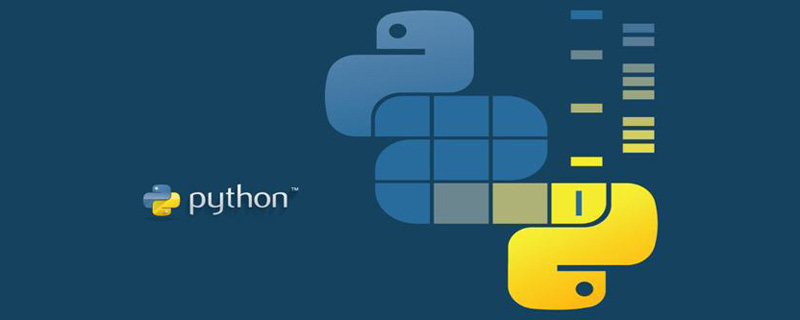This article shares with you how to use the time module datetime in python, Notes and simple examples Friends in need can refer to the
datetime module which is a collection of date and time modules. Datetime has two constants, MAXYEAR and MINYEAR, which are 9999 and 1.## respectively.
#The datetime module defines 5 classes, which are 1.datetime.date: a class that represents date2.datetime.datetime: a class that represents date and time3.datetime.time: a class representing time4.datetime.timedelta: representing a time interval, that is, the interval between two points in time5.datetime.tzinfo: time zone Related information
1. First, take a look at the datetime.date class:
The date class has three parameters, datetime.date(year,month,day), returns year- month-dayMethod: 1.datetime.date.ctime(), the return format is Sun Apr 16 00:00:00 20172.datetime.date .fromtimestamp(timestamp), returns a date object based on the given time stamp; datetime.date.today() has the same effect3.datetime.date.isocalendar(): The return format is such as (year, month , tuple of day), (2017, 15, 6)4.datetime.date.isoformat(): Return format such as YYYY-MM-DD5.datetime.date. isoweekday(): Returns the weekday (0-6) of the given date, Monday=0, Sunday=66.datetime.date.replace(year,month,day): Replace the given date, But the original date is not changed7.datetime.date.strftime(format): Format the date and time according to the given format. 8.datetime.date.timetuple(): Returns the time.struct_time object corresponding to the date time.struct_time(tm_year=2017, tm_mon=4, tm_mday=15, tm_hour=0, tm_min=0, tm_sec=0, tm_wday=5, tm_yday=105, tm_isdst=-1)##9.datetime.date.weekday(): Returns the day of the week
Time in python Date formatting symbols:
%y Two-digit year representation (00-99)
%Y Four-digit year representation (000-9999)
% m month (01-12)
%d day in the month (0-31)
%H 24-hour hour (0-23)
% I Hours in 12-hour format (01-12)
%M Minutes (00=59)
%S Seconds (00-59)
%a Local Simplification Weekday name
%A Local complete weekday name
%b Local simplified month name
%B Local complete month name
%c Local corresponding Date representation and time representation
%j Day within the year (
001-366)%p Equivalent of local A.M. or P.M.
%U The number of weeks in a year (00-53) Sunday is the beginning of the week
%w The number of weeks (0-6), Sunday is the beginning of the week
%W The number of days in the year Week number (00-53) Monday is the beginning of the week
%x The corresponding local date representation
%X The corresponding local time representation
%Z The current time zone Name
%% % number itself
2. Take a look at the time class of datetimeThe time class has 5 parameters, datetime.time(hour ,minute,second,microsecond,tzoninfo), returns 08:29:30
##1.datetime.time.replace()2.datetime.time.strftime(format): according to format Format return time3.datetime.time.tzname(): Return the time zone name4.datetime.time.utcoffset(): Return the time offset of the time zone3. The datetime class of datetime
The datetime class has many parameters, datetime(year, month, day[, hour[, minute[, second[, microsecond[,tzinfo]]] ]]), returns the year, month, day, hours, minutes and seconds
datetime.datetime.ctime()datetime.datetime.now().date(): Returns the date part of the current date and timedatetime.datetime.now().time(): Returns the time part of the current datetimedatetime.datetime.fromtimestamp()datetime.datetime.now() :Return the current system timedatetime.datetime.replace()datetime.datetime.strftime():Convert from date format to string formatdatetime.datetime. now().strftime('%b-%d-%Y %H:%M:%S')'Apr-16-2017 21:01:35'datetime .datetime.strptime(): Convert from string format to date format datetime.datetime.strptime('Apr-16-2017 21:01:35', '%b-%d-%Y % H:%M:%S')2017-04-16 21:01:35
4. The timedelta class of datetime
datetime.datetime.timedelta is used to calculate the interval between two dates The difference, for example:
>>> a=datetime.datetime.now() >>> b=datetime.datetime.now() >>> a datetime.datetime(2017, 4, 16, 21, 21, 20, 871000) >>> b datetime.datetime(2017, 4, 16, 21, 21, 29, 603000) >>> b-a datetime.timedelta(0, 8, 732000) >>> (b-a).seconds 8or
time1 = datetime.datetime(2016, 10, 20) time2 = datetime.datetime(2015, 11, 2) """计算天数差值""" print(time1-time2).days """计算两个日期之间相隔的秒数""" print (time1-time2).total_seconds()
The above is the detailed content of Detailed introduction to Python time module datetime. For more information, please follow other related articles on the PHP Chinese website!
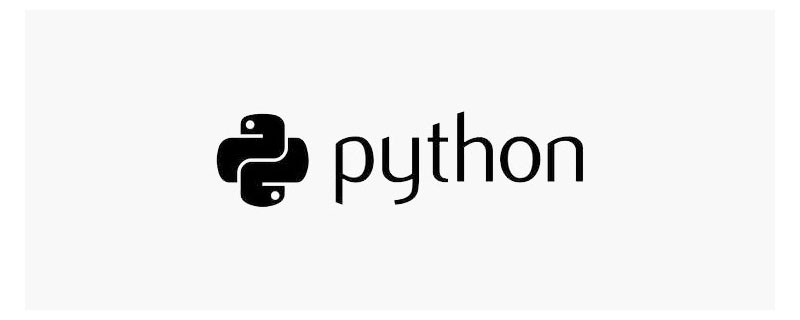 详细讲解Python之Seaborn(数据可视化)Apr 21, 2022 pm 06:08 PM
详细讲解Python之Seaborn(数据可视化)Apr 21, 2022 pm 06:08 PM本篇文章给大家带来了关于Python的相关知识,其中主要介绍了关于Seaborn的相关问题,包括了数据可视化处理的散点图、折线图、条形图等等内容,下面一起来看一下,希望对大家有帮助。
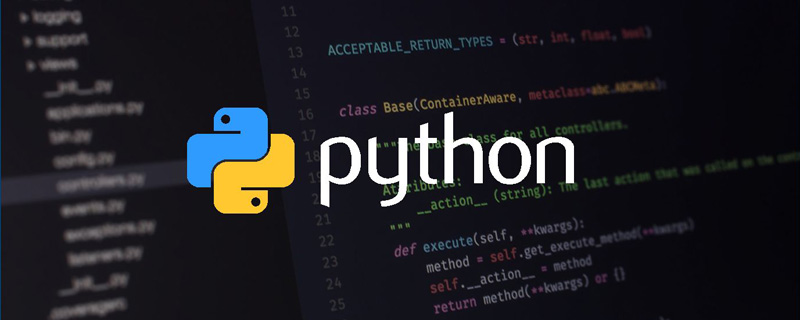 详细了解Python进程池与进程锁May 10, 2022 pm 06:11 PM
详细了解Python进程池与进程锁May 10, 2022 pm 06:11 PM本篇文章给大家带来了关于Python的相关知识,其中主要介绍了关于进程池与进程锁的相关问题,包括进程池的创建模块,进程池函数等等内容,下面一起来看一下,希望对大家有帮助。
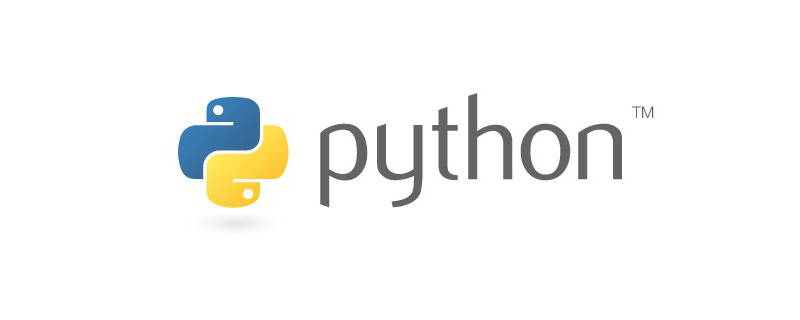 Python自动化实践之筛选简历Jun 07, 2022 pm 06:59 PM
Python自动化实践之筛选简历Jun 07, 2022 pm 06:59 PM本篇文章给大家带来了关于Python的相关知识,其中主要介绍了关于简历筛选的相关问题,包括了定义 ReadDoc 类用以读取 word 文件以及定义 search_word 函数用以筛选的相关内容,下面一起来看一下,希望对大家有帮助。
 分享10款高效的VSCode插件,总有一款能够惊艳到你!!Mar 09, 2021 am 10:15 AM
分享10款高效的VSCode插件,总有一款能够惊艳到你!!Mar 09, 2021 am 10:15 AMVS Code的确是一款非常热门、有强大用户基础的一款开发工具。本文给大家介绍一下10款高效、好用的插件,能够让原本单薄的VS Code如虎添翼,开发效率顿时提升到一个新的阶段。
 Python数据类型详解之字符串、数字Apr 27, 2022 pm 07:27 PM
Python数据类型详解之字符串、数字Apr 27, 2022 pm 07:27 PM本篇文章给大家带来了关于Python的相关知识,其中主要介绍了关于数据类型之字符串、数字的相关问题,下面一起来看一下,希望对大家有帮助。
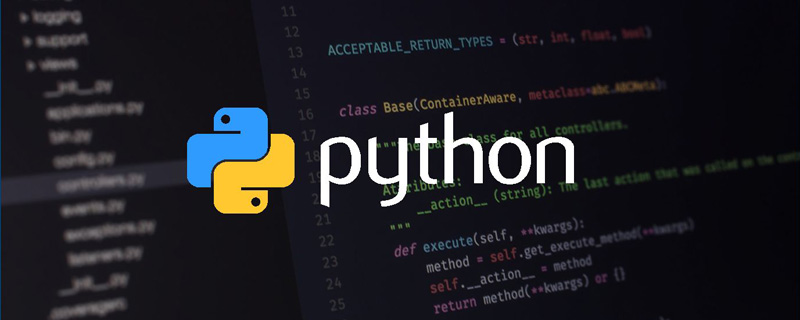 详细介绍python的numpy模块May 19, 2022 am 11:43 AM
详细介绍python的numpy模块May 19, 2022 am 11:43 AM本篇文章给大家带来了关于Python的相关知识,其中主要介绍了关于numpy模块的相关问题,Numpy是Numerical Python extensions的缩写,字面意思是Python数值计算扩展,下面一起来看一下,希望对大家有帮助。
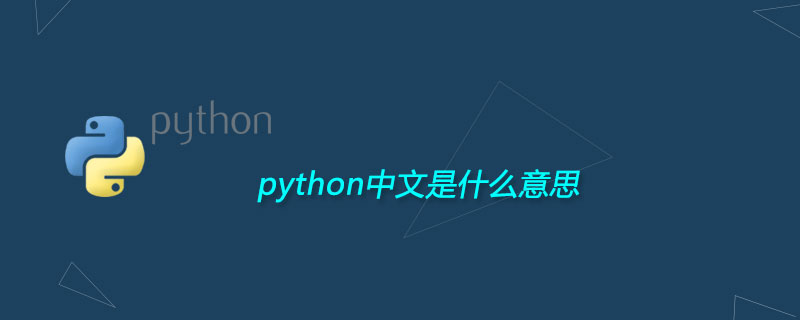 python中文是什么意思Jun 24, 2019 pm 02:22 PM
python中文是什么意思Jun 24, 2019 pm 02:22 PMpythn的中文意思是巨蟒、蟒蛇。1989年圣诞节期间,Guido van Rossum在家闲的没事干,为了跟朋友庆祝圣诞节,决定发明一种全新的脚本语言。他很喜欢一个肥皂剧叫Monty Python,所以便把这门语言叫做python。


Hot AI Tools

Undresser.AI Undress
AI-powered app for creating realistic nude photos

AI Clothes Remover
Online AI tool for removing clothes from photos.

Undress AI Tool
Undress images for free

Clothoff.io
AI clothes remover

AI Hentai Generator
Generate AI Hentai for free.

Hot Article

Hot Tools

Dreamweaver Mac version
Visual web development tools

MantisBT
Mantis is an easy-to-deploy web-based defect tracking tool designed to aid in product defect tracking. It requires PHP, MySQL and a web server. Check out our demo and hosting services.

Notepad++7.3.1
Easy-to-use and free code editor

SAP NetWeaver Server Adapter for Eclipse
Integrate Eclipse with SAP NetWeaver application server.

SublimeText3 Mac version
God-level code editing software (SublimeText3)





